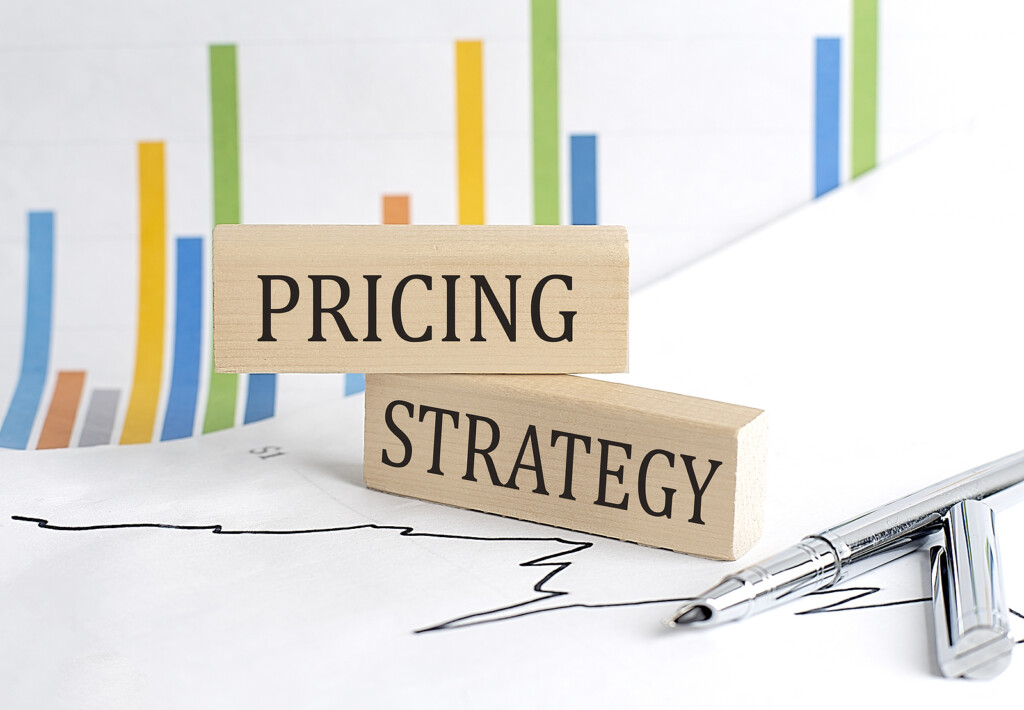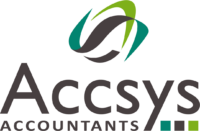
In today’s fast-paced business world, staying competitive and maximising revenue is a top priority for small businesses. One strategy that’s gaining traction is dynamic pricing. This approach involves adjusting the price of products or services in real-time based on various factors. While it might sound like something only big corporations can handle, small businesses can also harness the power of dynamic pricing to their advantage.
Understanding Dynamic Pricing
Dynamic pricing, also known as surge pricing or real-time pricing, is a flexible pricing strategy. It allows businesses to adapt their prices according to market conditions, customer behaviour, and other variables. This approach can help businesses optimise their revenue and profitability.
Can Dynamic Pricing work for small businesses?
The good news is that dynamic pricing isn’t exclusive to large enterprises. Small businesses can use it too, with some considerations:
- Technology: Small businesses need suitable technology and software to collect and analyse data effectively. This data helps with pricing decisions, and while it might require an initial investment, it’s essential for dynamic pricing.
- Data and Analytics: Handling data is crucial. Small businesses must be adept at gathering and analysing data to understand market trends and customer behaviour.
- Competitive Landscape: Assess whether competitors in your industry are using dynamic pricing. It’s essential to understand how this strategy fits within your market.
- Customer Perception: Maintain transparency and communicate pricing changes effectively. You don’t want to alienate your customers with frequent fluctuations.
- Legal and Ethical Considerations: Ensure compliance with legal regulations and ethical standards, especially if your industry has strict rules.
- Resource Constraints: Smaller businesses may have limited resources like staff to manage real-time pricing adjustments.
Examples of Dynamic Pricing for small businesses
Let’s explore a couple of examples of how fictional small businesses could use dynamic pricing effectively:
SunnyBike Rentals
SunnyBike Rentals is a small bicycle rental shop located near a popular beach destination. They could implement dynamic pricing as follows:
- Demand-Based Pricing: Increase rental rates during peak tourist seasons or sunny weekends when demand is high.
- Time-of-Day Pricing: Charge more during pleasant morning and evening hours.
- Last-Minute Deals: Offer discounts for last-minute rentals during slower periods.
- Competitor Pricing: Adjust rates based on nearby bike rental shop prices.
- Customer Loyalty: Implement loyalty discounts for frequent renters.
CozyCafe
CozyCafe is a small coffee shop in a bustling urban area. They could use dynamic pricing like this:
- Peak Hours Pricing: Raise coffee and pastry prices during morning rush hours and lunchtime.
- Happy Hour Discounts: Offer discounts in the mid-afternoon to attract more customers during slower periods.
- Seasonal Specials: Introduce seasonal-themed specials to align with holidays or seasons.
- Combo Deals: Create combos to encourage customers to try more menu items.
- Loyalty Program: Implement a loyalty program where customers earn points for discounts or free items.
Dynamic pricing isn’t one-size-fits-all, and it may not work for every small business. However, with careful planning, the right technology, and a clear understanding of your market, small businesses can use dynamic pricing to optimise revenue, remain competitive, and cater to the ever-changing needs of their customers. It’s a tool that can help unlock success, one price adjustment at a time.






